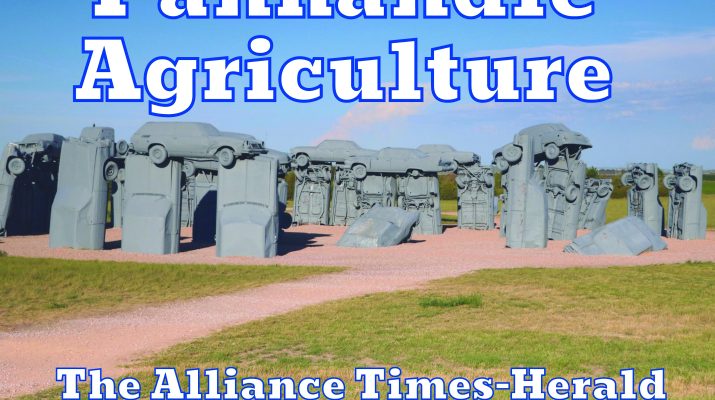The U.S. Department of Agriculture (USDA) is accepting offers for nearly 2.7 million acres from agricultural producers and private landowners through this year’s Conservation Reserve Program (CRP) Grassland signup. This program allows producers and landowners to continue grazing and haying practices while protecting grasslands and further CRP conservation efforts. Grassland CRP is part of the Biden-Harris administration’s broader effort to address climate change and conserve natural resources. This year’s signup results include 417,865 acres in Nebraska, behind Colorado which lead the nation with 430,899.
“This year’s Grassland CRP signup demonstrates the continued success and value of investments in voluntary, producer-led, working lands conservation programs,” said Tim Divis, Acting State Executive Director for USDA’s Farm Service Agency (FSA) in Nebraska. “Grassland CRP clearly demonstrates that conservation priorities and agricultural productivity not only have the capacity to coexist but also complement and enhance one another. Through all our working land conservation programs, farmers and ranchers play a critical role in helping secure the future of both our food production and our natural resources.”
Additionally, USDA has accepted more than 1 million acres through the General CRP signup nationwide, and more than 465,800 acres have been submitted through the Continuous CRP signup so far this year.
Grassland CRP leverages working lands practices to improve biodiversity and conserve environmentally sensitive land. To target conservation in key geographies, USDA prioritizes land within two National Priority Zones: the Greater Yellowstone Ecosystem and the Dust Bowl area. FSA accepted more than 911,000 acres in these two zones. Land enrolled in these zones will contribute to broader USDA conservation efforts through Working Lands for Wildlife by conserving working grasslands and other lands that underpin iconic big game migrations.
Grasslands enrolled in CRP help sequester carbon in vegetation and soil, while enhancing resilience to drought and wildfire. Meanwhile, producers can still conduct common grazing practices, such as haying, mowing or harvesting seed from the enrolled land, which supports agricultural production.

